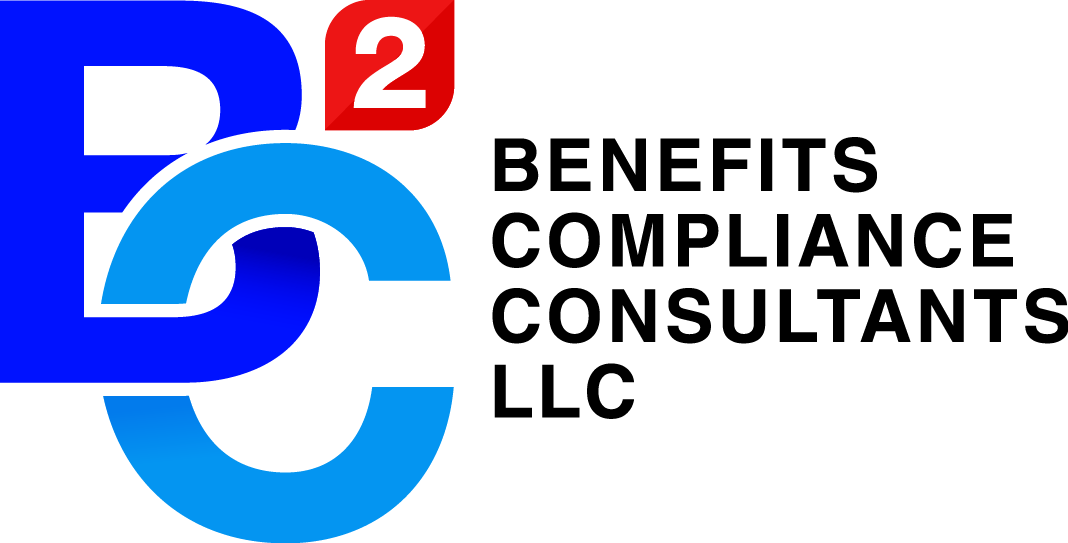We are past the midway point of the new year, with the job market experiencing a few adjustments concerning benefits. Given the advancement of the digital age and the need for organizations to cut down costs in every way possible, change is a constant expectation in the modern workplace. In particular, the following benefits compliance trends are catching on:
1) Revision of umbrella covers to personal packages
 Employer-sponsored group coverage has long been the general rule of thumb for companies, but now organizations are switching to an alternative tactic. Employees instead propose individual plans instead of securing a blanket offer, as has typically been the case. Moreover, with companies preferring the path of high-deductible health plans (HDHP), there’s also heightened attention on tax-advantaged health savings accounts or HSAs.
Employer-sponsored group coverage has long been the general rule of thumb for companies, but now organizations are switching to an alternative tactic. Employees instead propose individual plans instead of securing a blanket offer, as has typically been the case. Moreover, with companies preferring the path of high-deductible health plans (HDHP), there’s also heightened attention on tax-advantaged health savings accounts or HSAs.
2) Telemedicine is becoming popular
The National Business Group on Health revealed findings pointing to rising healthcare costs, which are on their way to $15,000 per head. In an attempt to ensure prices don’t spiral out of control, healthcare providers are utilizing telemedicine to reduce in-person doctor visits, which are significantly more expensive. What’s more, insurers are encouraging consumers to seek out generic alternatives to costly prescription drugs while offering discount cards after negotiating with manufacturers.
3) More comprehensive analysis
In previous years, employers broadly grouped workers in categories such as Generation Z, X, and Millennials with a view to targeted benefits offerings. However, there has been a change in terms of employee data tracking and recording. At the moment, employers are taking note of individual employee preferences while monitoring benefits usage. VOIs, anonymous surveys, and email tracking are some of the new ways organizations are leveraging personal data to come up with smart solutions.
4) Emotional health is a top priority
Many employers have taken measures to safeguard the mental health of those under their payroll. Some companies, for instance, have opted for virtual and onsite counseling to combat mental, behavioral, and emotional complications such as addiction, anxiety, and stress. Alternatively, others prioritize network expansion while it’s becoming commonplace for mental health benefits and employee assistance programs to intertwine.
5) Employers’ benefits are becoming more family-friendly
Local and state regulations aside, it’s also in the interest of employers to improve or put in place paid-parent-leave plans with complimentary perks like paid caregiver leaves. Doing so proves necessary at a time when society is rife with changing expectations, and the fierce war for talent is only growing fiercer. The dwindling unemployment rates have also seen to this, with many companies striving to go the extra mile to prove more appealing. On the flip side, employees are also now taking a keener interest in benefits than salaries.
Companies have been shifting and stretching the goalposts of benefits compliance in 2019, and these five are some of the most significant changes. There’s still a long way to go until the end of the year, and you can be sure of more revisions in the coming months, both from the insurer and the employer.
Does your business have benefits compliance questions or Form 5500 needs?




